Microsoft develops Nokia Lumia 1020-powered Ultrascope
Partners with the Open Space Agency to create 3D printed telescope
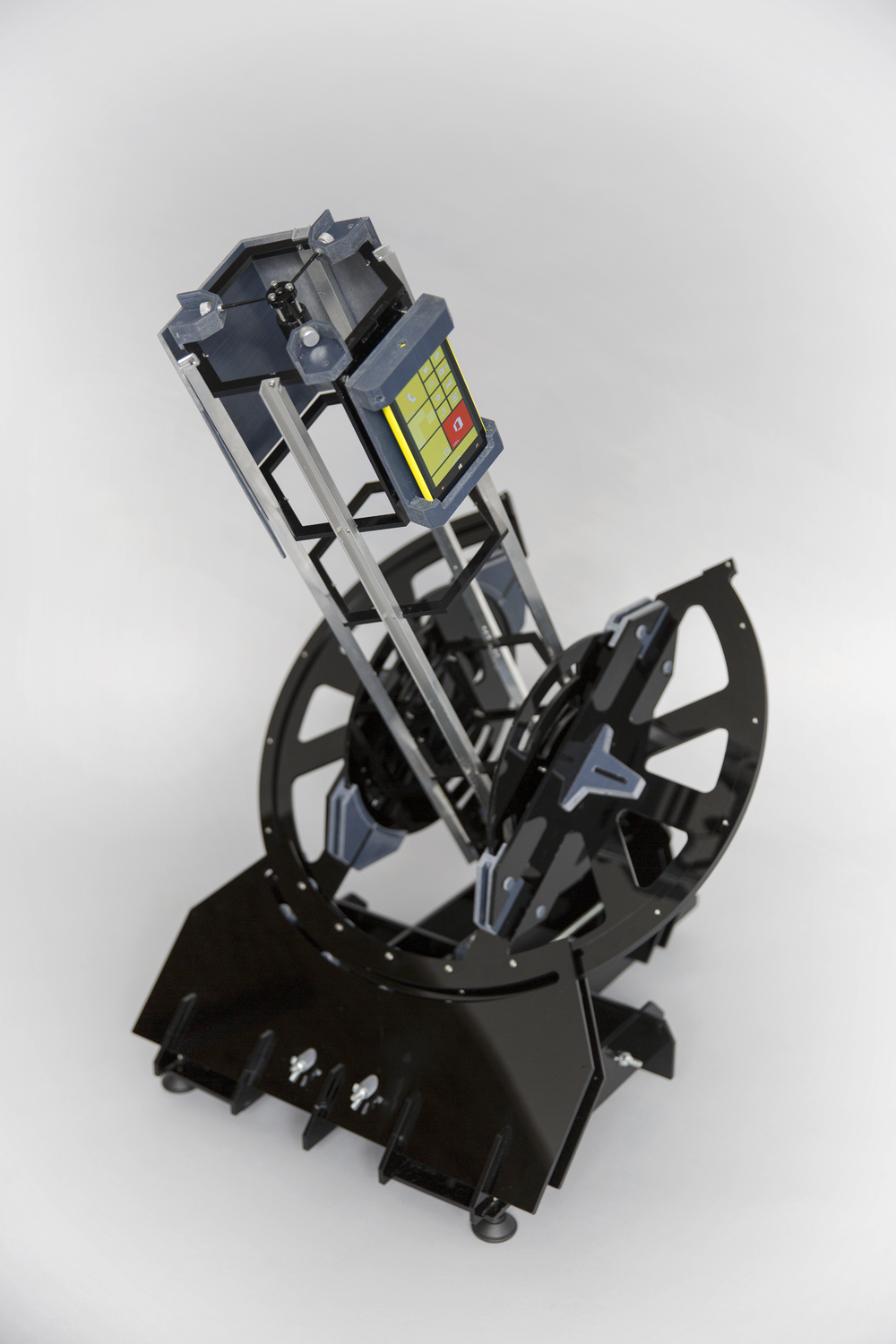

Microsoft and the Open Space Agency (OSA) have created a 3D-printed observatory dubbed the "Ultrascope".
The prototype is powerful enough to take professional-grade photos of space using just a smartphone.
According to Microsoft, the mini-observatory has "the potential to completely reinvent astrophotography, making it possible to capture professional-grade celestial images, right from your back garden, for a fraction of the price of traditional space telescopes".
The viewing devices can be fabricated using a 3D printer and stand at 1 metre tall when pointed vertically and 65cm wide at the base. They can be controlled via a laptop, which receives ISS orbital location data.
This then forwards the information to the telescope, locating the target, while using the smartphone to take pictures. These images are then sent to the cloud where the data is processed into a form useable by scientists.
The Ultrascope is the idea of OSA founder, James Parr, who said such a project would have been the exclusive preserve of professionals a few years ago.
He also hopes the project will open up "opportunities for people who have been gazing at the stars their whole lives, but haven't, until now, been able to get involved".
Get the ITPro daily newsletter
Sign up today and you will receive a free copy of our Future Focus 2025 report - the leading guidance on AI, cybersecurity and other IT challenges as per 700+ senior executives
"Our hope is that hundreds of Ultrascopes will be assembled, enabling a large number of people to contribute to new discoveries as they explore the night sky."
Dr Juha Alakarhu, head of Imaging Technology at Microsoft, said: "It's great to see that the efforts of James Parr and the OSA with the Ultrascope, and I look forward to seeing the images as they continue to shape this exciting project. It's wonderful to think this could be available to the masses in the near future."
In order to make the Ultrascope, interested people need to sign up and be accepted on to a beta programme. To make the scope, access to a 3D printer and laser cutter is also required.
The OSA hopes to create "increasingly sophisticated models" over the next 12-18 months to help enthusiasts "peer ever deeper into the stars".
Rene Millman is a freelance writer and broadcaster who covers cybersecurity, AI, IoT, and the cloud. He also works as a contributing analyst at GigaOm and has previously worked as an analyst for Gartner covering the infrastructure market. He has made numerous television appearances to give his views and expertise on technology trends and companies that affect and shape our lives. You can follow Rene Millman on Twitter.
-
 Should AI PCs be part of your next hardware refresh?
Should AI PCs be part of your next hardware refresh?AI PCs are fast becoming a business staple and a surefire way to future-proof your business
By Bobby Hellard Published
-
 Westcon-Comstor and Vectra AI launch brace of new channel initiatives
Westcon-Comstor and Vectra AI launch brace of new channel initiativesNews Westcon-Comstor and Vectra AI have announced the launch of two new channel growth initiatives focused on the managed security service provider (MSSP) space and AWS Marketplace.
By Daniel Todd Published
-
 Nokia hails success of Europe’s first commercial 5G cloud RAN deployment
Nokia hails success of Europe’s first commercial 5G cloud RAN deploymentNews Elise says its 5G cloud network puts it in a strong position during a move towards 6G
By Emma Woollacott Published
-
 Kyndryl and Nokia extend partnership to drive data center networking gains
Kyndryl and Nokia extend partnership to drive data center networking gainsNews The companies plan to offer more data center networking options aimed at enterprise customers
By Emma Woollacott Published
-
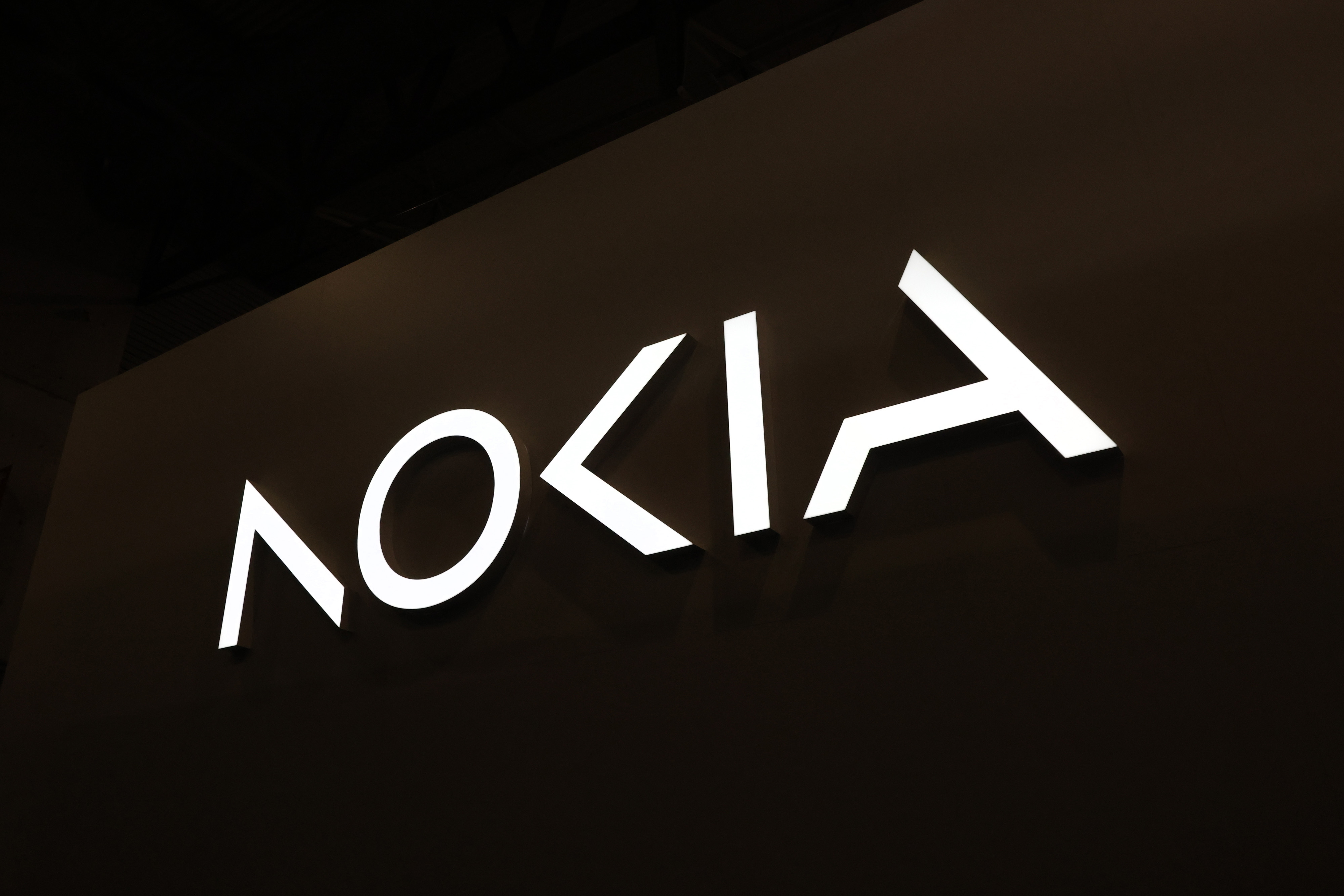 Dell and Nokia expand strategic partnership to drive network cloud transformation
Dell and Nokia expand strategic partnership to drive network cloud transformationNews The companies will leverage each other’s expertise and distribution to scale telecom networks and private 5G use cases
By Daniel Todd Published
-
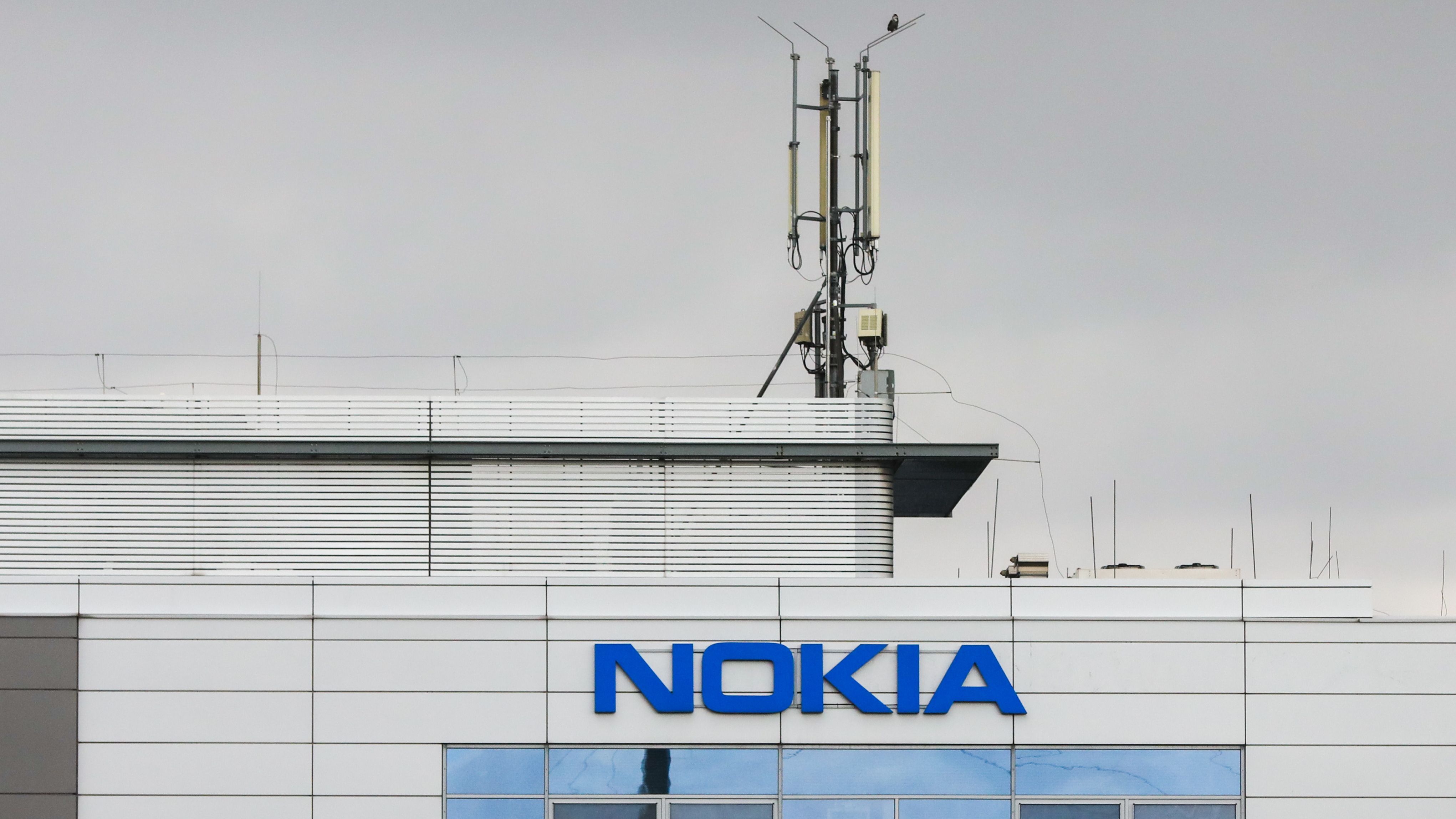 Nokia and Google score breakthrough in Android 13 network slicing
Nokia and Google score breakthrough in Android 13 network slicingNews Nokia's solution will allow devices to connect to multiple network slices simultaneously, provided by existing 4G and 5G operators
By Rory Bathgate Published
-
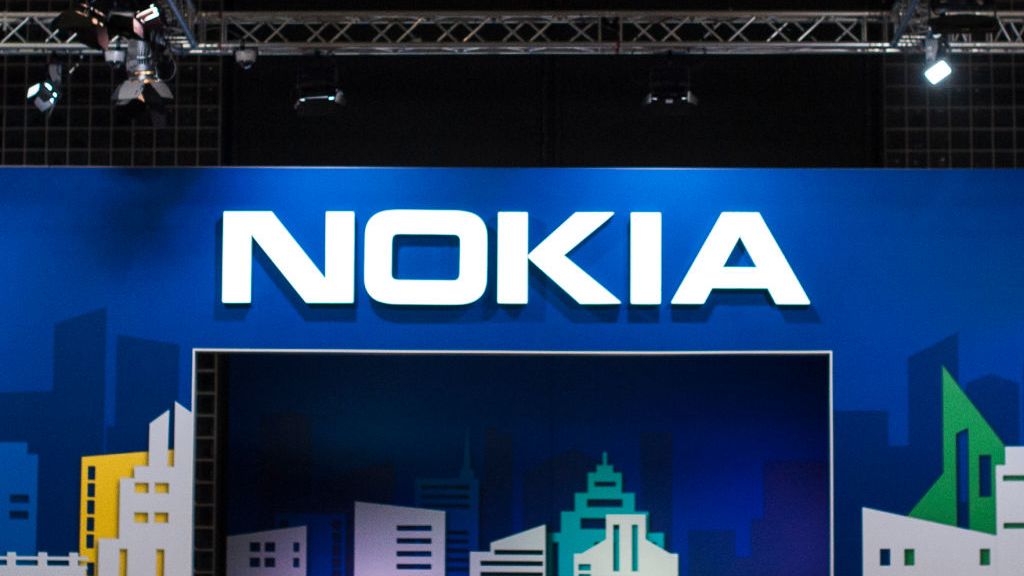 Nokia wins Indosat contract to expand 5G across Indonesia
Nokia wins Indosat contract to expand 5G across IndonesiaNews The deal will bring next-gen communication technology to customers across a 1.4 million square kilometre area
By Praharsha Anand Published
-
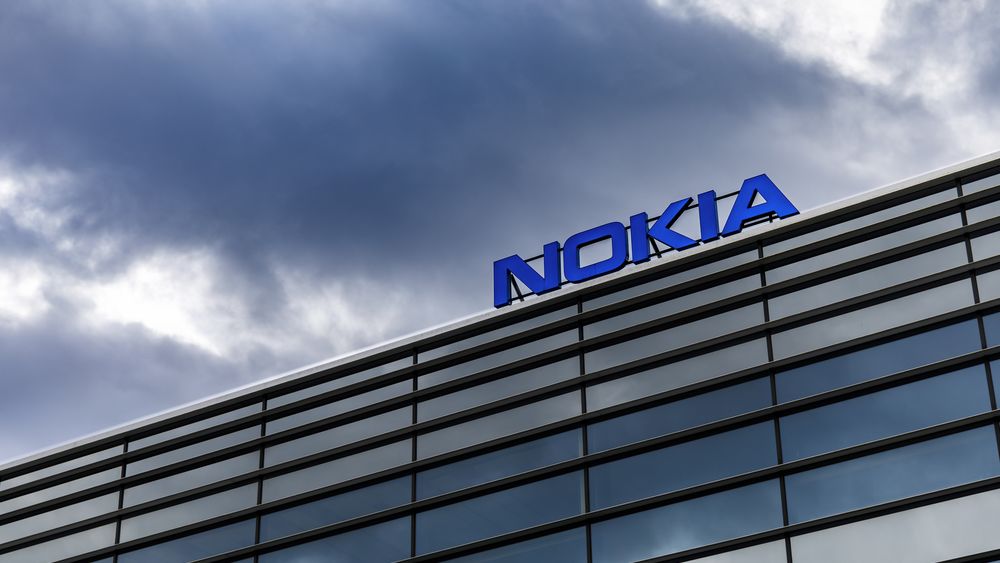 Nokia and Ligado partner on 4G, 5G enterprise private network
Nokia and Ligado partner on 4G, 5G enterprise private networkNews Nokia will leverage Ligado’s Band 24 spectrum to reach the US enterprise market
By Praharsha Anand Published
-
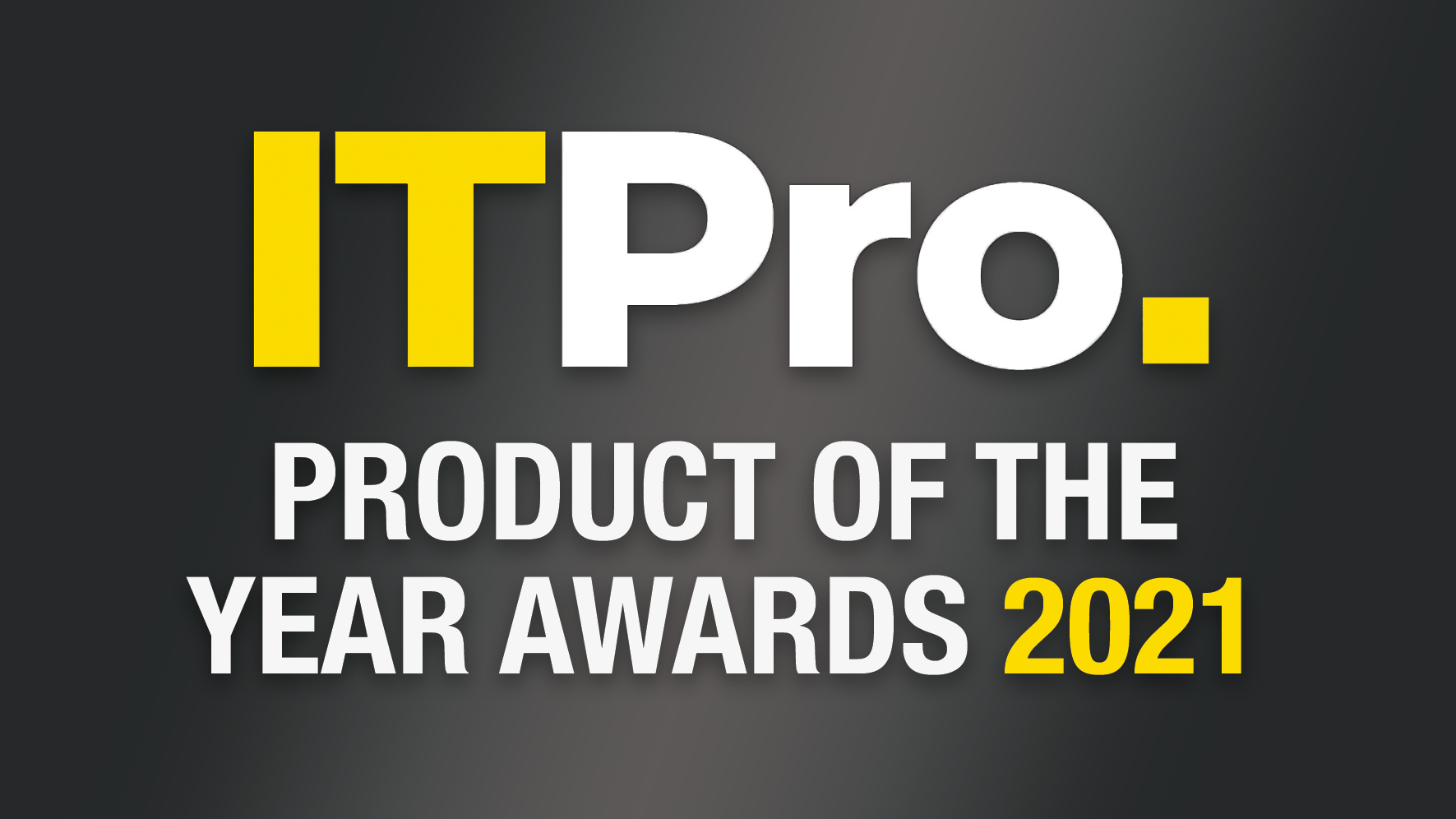 The IT Pro Products of the Year 2021: The year’s best hardware and software
The IT Pro Products of the Year 2021: The year’s best hardware and softwareBest Our pick of the best products from the past 12 months
By IT Pro Published
-
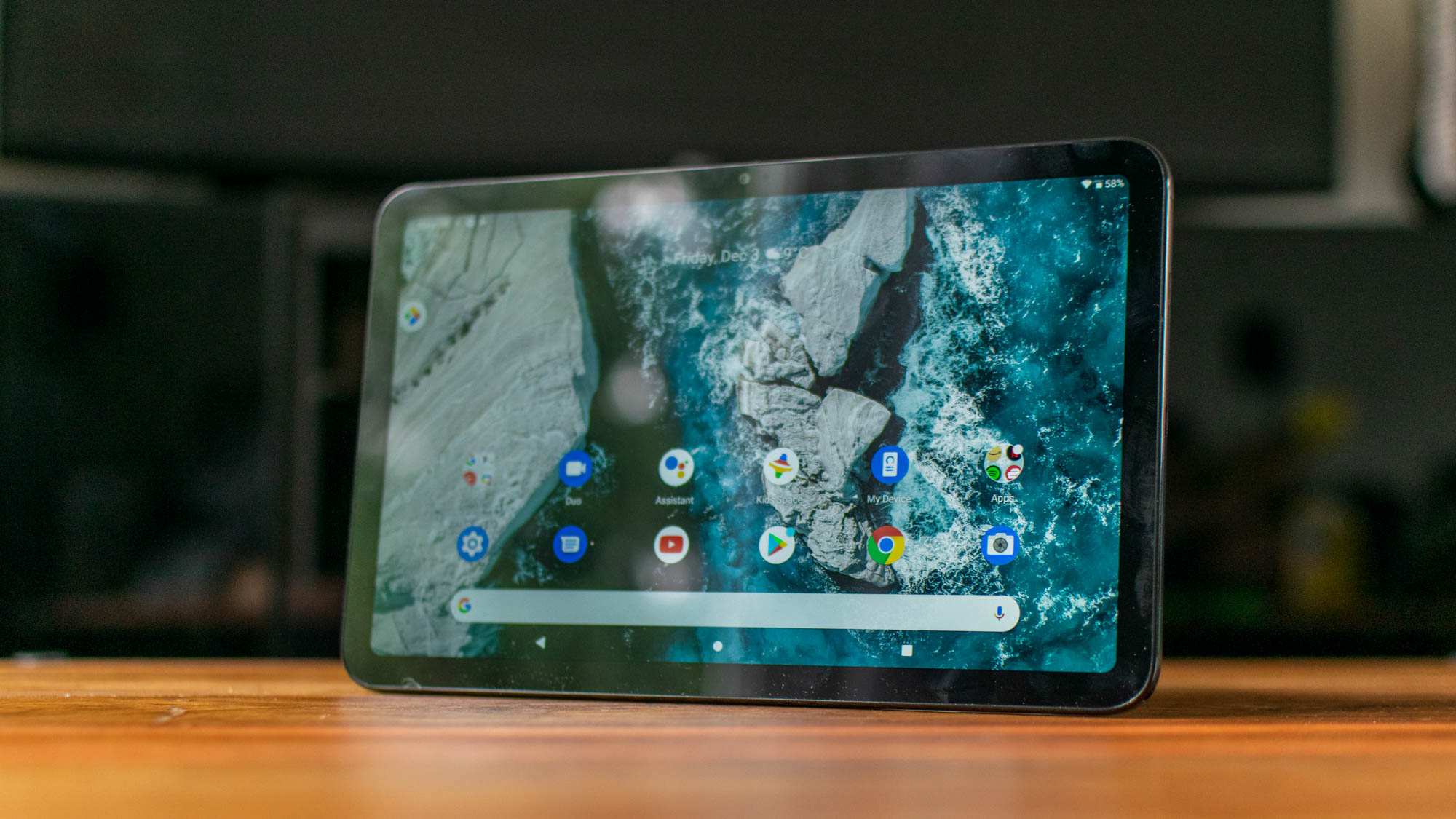
 Nokia T20 review: A simple, sturdy Android tablet at an SMB-friendly price
Nokia T20 review: A simple, sturdy Android tablet at an SMB-friendly priceReviews It’s not as luxurious as an iPad, but the T20 makes a fine, functional tablet for business
By Darien Graham-Smith Published